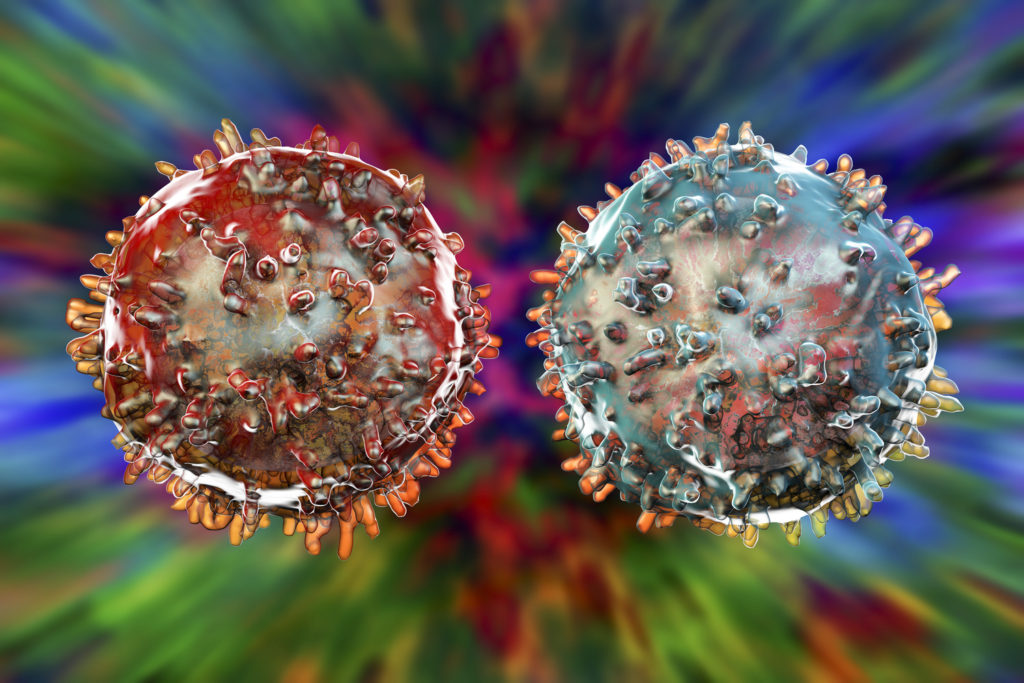Guide 7 Defenses
Products
Quiz and Journal Pages
Review Guide 7 Contents
Guide 7 Defenses Objectives
This guide’s quiz has four questions; one matching each objective.
Defense Systems
Immunity
Eliminating Diseases
Persistent Threats
Guide 7 Defenses Quiz
Guide 7 Journal Assignment #13
Introduced in the Immunity section of this guide:
Journal Page #13: Immune Drawing
Sketch and label the body’s response to a pathogen. Include in your labeled drawing the following 14 components and show what they are doing in the immune response:
wounded cells; cytokines; blood vessel; pathogen; antigen; macrophage; helper T cell; immature (naive) T Cell; cytotoxic T cell; memory T cell; immature B cell; plasma B cell; memory B cell; antibodies
You can have fun with this! We have seen “pac-man” cells, “Mr. T” cells, comic strips, cartoons, mini-plays, and many more creative pieces that have accurately relayed the concepts.
You are turning in an original labeled drawing with all 14 components listed above. Grading is based on cells accurately labeled carrying out their roles within the immune response.

Guide 7 Journal Assignment #14
Introduced in the Persistent Threats section of this guide:
Journal Page #14: Human Body Story
For this guide’s media piece, you are creating a science story.
It can be about any aspect of the human body, including anatomy, physiology, disease, and/or health.

Process of creating a science story:
-
Select a human body topic that you would like to develop into a story. Topics have included exercise programs, medical emergencies, diet misadventures, and caring for sick relatives.
-
Determine how you will make your story an engaging (accessible, unique, and/or enlightening) experience (discovery, interaction, and/or synthesis) for the story’s audience.
-
Select a story form that best fits the engaging science experience you are creating. It could be an exploration, description, explanation, directions, narrative, or persuasive piece. It could also be a combination of these forms.
-
Create your story. It could be all written, a labeled photo essay, a comic strip, mixed media, or whichever form you feel works best for your goals.
You are turning in
(A) your story.
(B) a brief summary line that indicates (1) the part that is engaging (accessible, unique, and/or enlightening), (2) the science included (concept, skill, and/or connection), (3) the experience (discovery, interaction, and/or synthesis), and (4) the story form used (exploration, description, explanation, directions, narrative, and/or persuasive).




